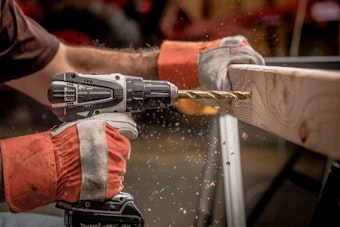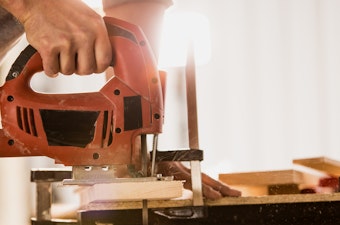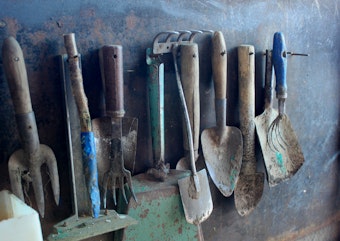How-to Maintain Your Tools: Circular Saws
How-to Maintain Your Tools: Circular Saws
<< BackWhen it comes to cutting tools, circular saws are a key element of the kit whether you’re working on the job or tackling DIY projects at home. Beyond a drill, cordless skillsaws rank among the most common battery-powered tools found in the sheds and garages of homes across the United States. Caring for these tools can sometimes be forgotten because of how often they’re used and the lack of necessity for regular maintenance like your car’s oil changes, but when these critical items go down it can really give you a bad day. Read on for some context and gentle reminders of how to ensure your circular saws are ready when you’re set to roll into the day’s work.
Types of Circular Saws
Although archeological evidence of circular saws exists dating back to pre-Roman times, modern saws evolved from 18th century lumber mill technology. The same rotary motion concept of a toothed blade spinning around an arbor has been adapted into a wide variety of applications from handheld circular saws (corded & battery-powered) with sidewinder, worm drive, or hypoid variations, tablesaws, chop saws, miter saws…the list goes on. Materials, too, widely vary – wood being the usual suspect and metal, stone, plastic, vinyl, and various others making the cut. In this piece, we’ll focus on rotary saws meant for woodworking and on tools commonly owned in households and mobile professionals vs. professional wood-cutting establishments. If you’re looking to pick out a new saw and want help in picking out which one is right for you, check out this handy guide from Lowes Home Improvement.
Wear & Tear
One convenient aspect of handheld circular saws is that they do not require a high degree of upkeep. As HomeFixated.com describes, “A typical user’s manual dedicates less than one page of maintenance information for a traditional circular saw.” Don’t let convenience lead to complacency, however…there are still a few problematic trends to keep on your radar. Here are a few things to watch out for – and feel welcome to head over to their article on saw maintenance to learn more.
- Power cord: tight wraps and frequent tugs can lead to bent connector prongs on plugs and frayed or worn cable attachments
- Batteries:
- Blades: a sharp blade makes a big difference not only with cut precision but also with the lifespan of the saw’s electric motor. Dull blades place extra strain on the engine, so replace when needed to make the tool last. You’ll notice a different sound as the blade dulls and if the wood starts to blacken and smoke you’re really due for a change.
- Blade cage & guard: binds and blockages from sawdust can inhibit your work. A blast of compressed air can take care of most clogs, or a wire brush (a toothbrush in a pinch) or pipe cleaner will do the job
- Blade bevel: the support rest for many handheld circular saws can be adjusted for bevel cuts. This attachment is prone to getting knocked around, so check its trueness every so often and adjust it back to square
For additional protection against rust and corrosion, you can spray WD-40® Multi-Use Product on a cloth or rag and wipe on a thin coating of our classic formula to keep your tools looking good and help metal components to last longer.
Pro-Tip: Reduce friction on your blade and excess wear on the saw’s motor using WD-40 Specialist® Dry Lube. The PTFE lubricant dries quickly and doesn’t attract dirt or sawdust.
FEATURED PRODUCTS
WANT TO GET MORE TIPS AND TRICKS?
SUBSCRIBE TO THE NEWSLETTER




